Between 2008 and 2016, a wolverine with 8-inch-long legs, little interest in companionship and a penchant for traversing deep snow wandered its way nearly 1,000 miles from northwestern Wyoming down to Colorado and back up to its demise in North Dakota.
The creature’s walkabout was nothing short of epic, talked about in wildlife circles for years as an example of just how little people know about the other animals that share our planet.
But maybe the journey of wolverine M56 was more than a fluke of nature. Maybe his lonely odyssey was actually a satellite voyage to foretell of others following his path.
Wolverines have inspired generations of folklore and one cranky comic book character. New research shows that their real lives may be even more spectacular, as wolverines spread south into new territory.
A Byproduct of Poison
No one knows just how many wolverines once traipsed the high mountains of North America. Sightings ranged from the Canadian border south to Colorado and California, but a combination of elusiveness, solitude and forbidding home range meant few people were interested or capable of keeping track of their populations.
“I don’t think anything else comes that close to naturally existing in such low numbers, across such a big area,” says Bob Inman, carnivore and furbearer coordinator for the state of Montana and arguably one of the country’s leading wolverine experts. “It’s the way that species operates. They’ve always been limited to high alpine area in the Lower 48 and there probably hasn’t been a whole lot of them.”
They reproduce at exceptionally low rates. One female may raise two cubs – also called kits – every two to three years. Their bodies are the size of blue heelers and their paws are the size of big coffee cups, ideal for covering large distances over snow. Contrary to popular legend, their slightly retractable claws are better suited for grabbing marmots or tearing through partially-frozen, winter-kill moose, deer or elk than aggressively hunting and killing prey 10 times their size.
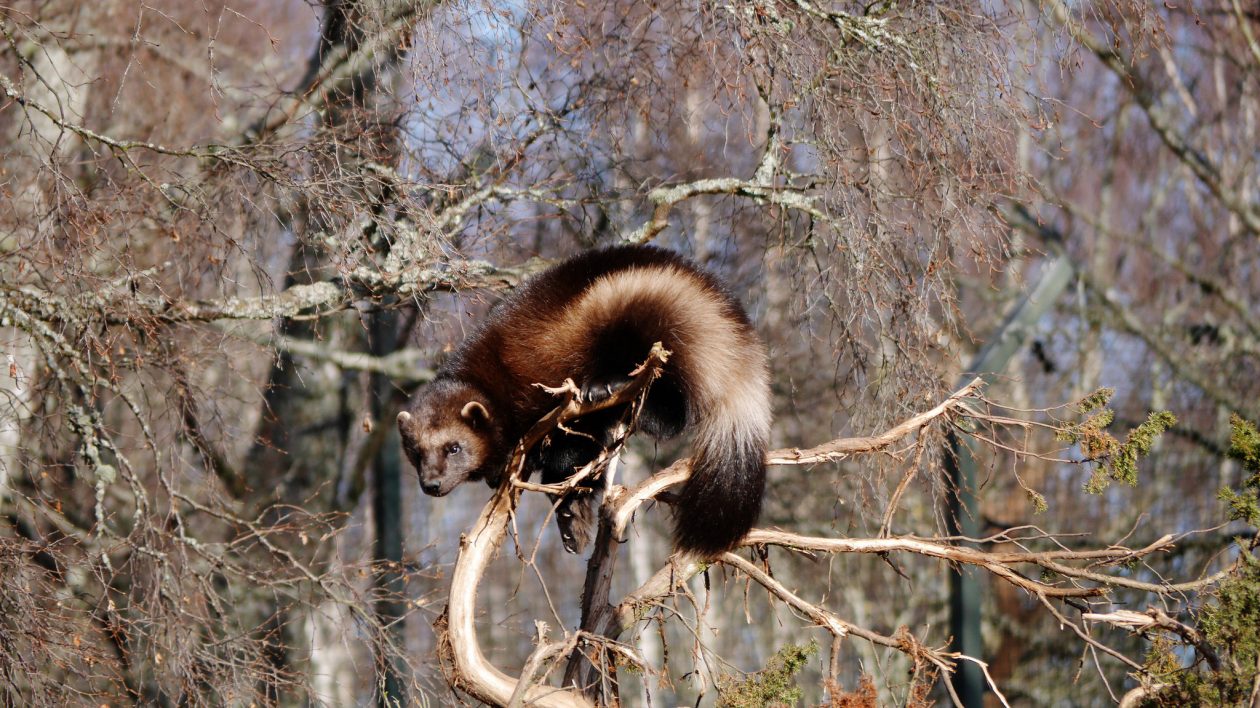
In the early 1900s, they were trapped for their pelts and shot out of concern over livestock. But mostly their deaths were a byproduct of successful attempts to eradicate wolves and bears by sprinkling poison on carcasses.
And then they were gone, extirpated successfully from the Lower 48. In the 1930s, they started wandering back down from Canada into Montana.
A female wolverine’s home range is about 300 square kilometers, and a male’s is 800 square kilometers. They mark their territory and don’t enjoy spending time together outside of their family units. That means as numbers painstakingly increased, more of them started moving south.
Outside of trapping records in Montana, no one really knew where they were going and how fast they were expanding.
“Previously there would be literally a handful of observations of wolverines across the four-state area in any given year to the point that they could have blinked out and it would have been five years since anyone looked up and said, ‘Hey, we didn’t get our two wolverine records from Idaho, Wyoming or Washington last year, what is going on?’”
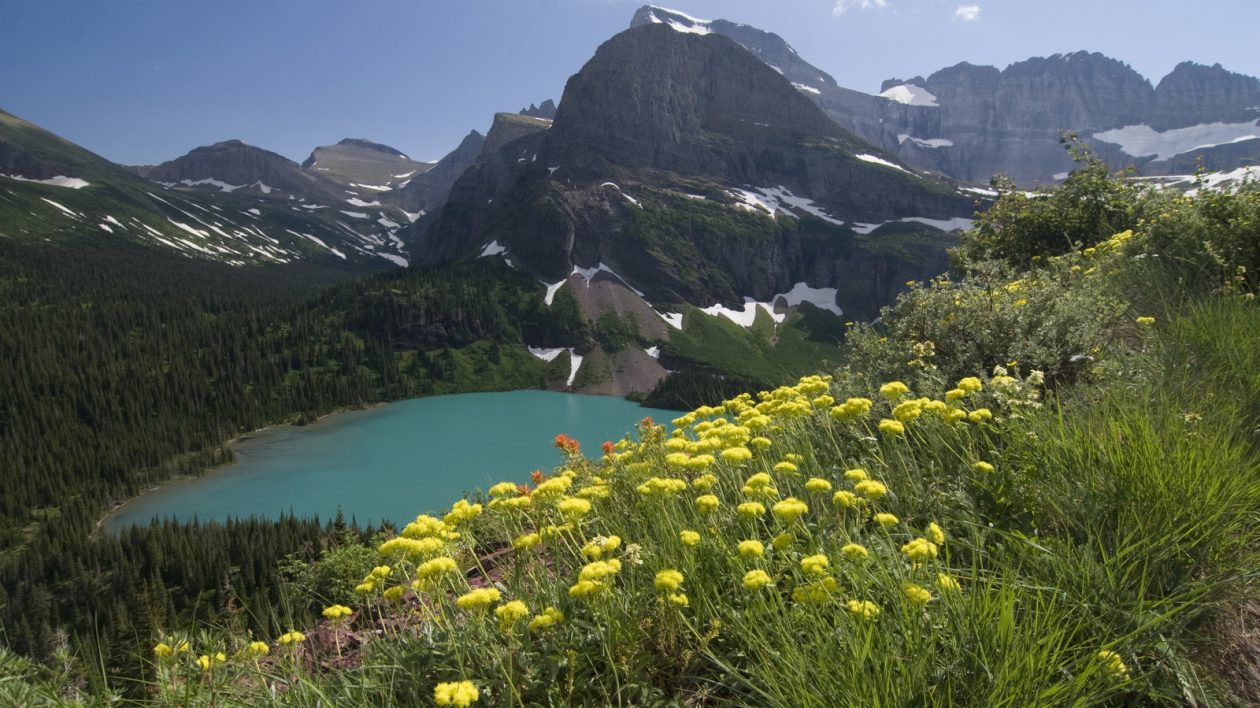
Maps Over Numbers
In 2015, a group of four states, more agencies than generally ever work together and a crew of volunteers embarked on the largest wolverine monitoring process in U.S. history.
It still won’t give them a population estimate – that wasn’t the point. Wolverines just can’t be counted like herds of deer or elk.
But they can be mapped for distribution.
To figure out where the elusive critters spend time, dozens of researchers and volunteers skied and snowshoed into the West’s most inhospitable, avalanche-prone country to set up camera traps. On trees that were either in territory wolverines had been spotted, or areas where wolverines could be, they tied bait and splashed scent. Below the bait they wrapped wire brushes that collected strands of hair when wolverines climbed up to eat or investigate. A nearby motion-sensor camera captured images of the creatures.
“When we started this baseline survey, one possibility was that we find blanks on the map where we don’t have wolverines but we do have habitat,” Inman says.
What they ultimately found surprised nearly everyone, including Inman.
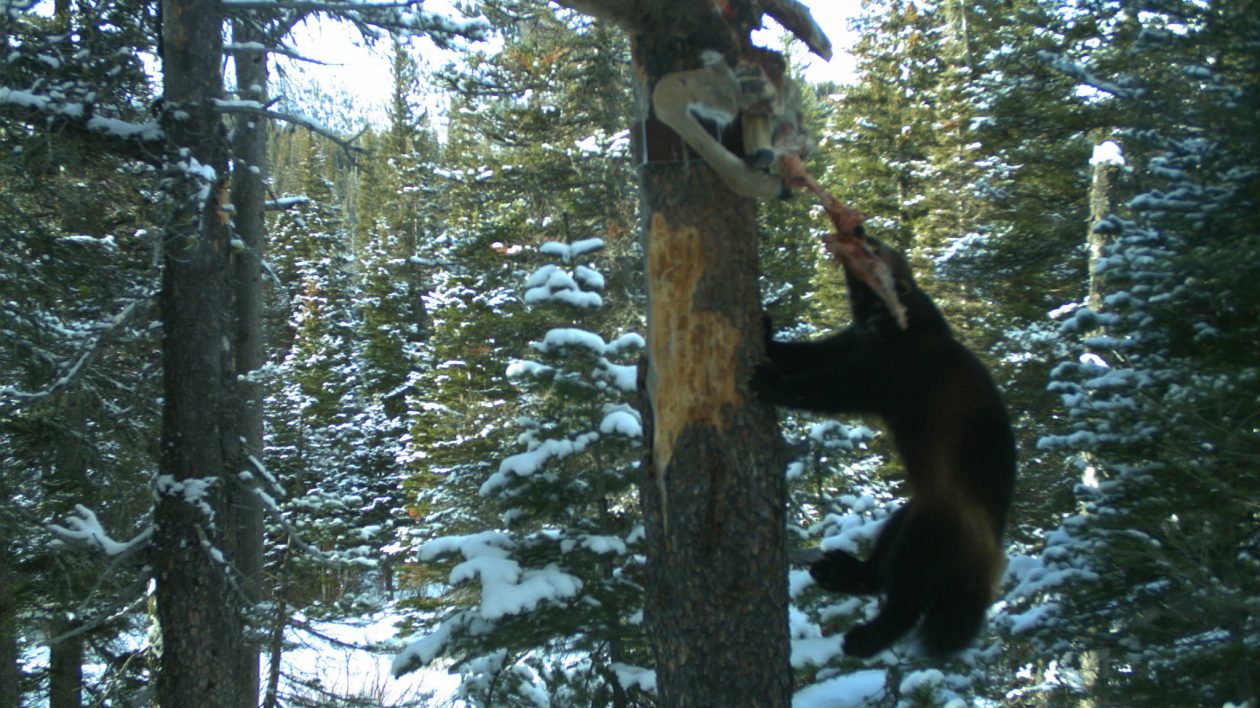
Spreading South
A female wolverine was documented for the first time in more than a century in Washington’s southern Cascade Range.
Wolverines were also found in Wyoming’s Gros Ventre and Wind River ranges.
“We had two unique females in the Wind River Range for the first time in a century, and they had overlapping males,” says Zach Walker, nongame program supervisor with the Wyoming Game and Fish Department. “We see ourselves as the leading edge of recolonization.”
A three-part video created by the U.S. Fish and Wildlife Service and viewed thousands of times showed one of those wandering wolverines on a bait trap in the Owl Creek Mountains on the Wind River Indian Reservation in Wyoming. It shuffled to the camera’s lens, adjusted it, then returned to eating before eventually rolling – literally – out of the frame.
The wolverine news is positive, but Inman was clear: they still need our help.
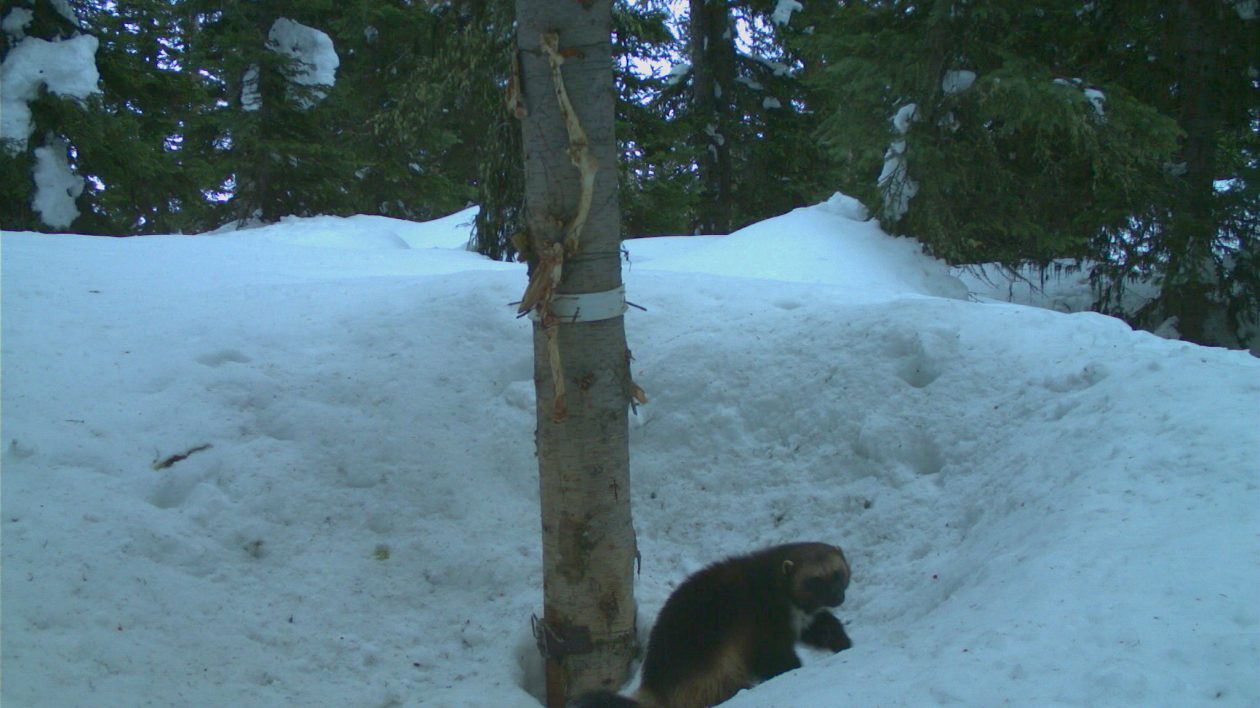
Reintroduction into places like Colorado would be one of the quickest and most promising ways to aid their spread, but it remains a touchy subject because of concerns over a possible endangered species listing and the land use rules that could bring.
Climate change poses an obvious but unclear threat, Inman says. One study suggested that wolverines need exceptionally deep snow to den and reproduce, but recent work in Canada and Sweden prove otherwise.
Either way, even if wolverines were ultimately placed on the endangered species list, their potential future could not be used to regulate emissions and ultimately climate change.
Researchers will continue their monitoring project. The study was designed to repeat every five years to see where wolverines are, or are not, living.
This information will go into maps that can then go to land management agencies and, mostly importantly, organizations including The Nature Conservancy that work in the protection of habitat. The ultimate goal will be to ease the wolverines’ transition across valleys from one range to another, from one mountain top to another.
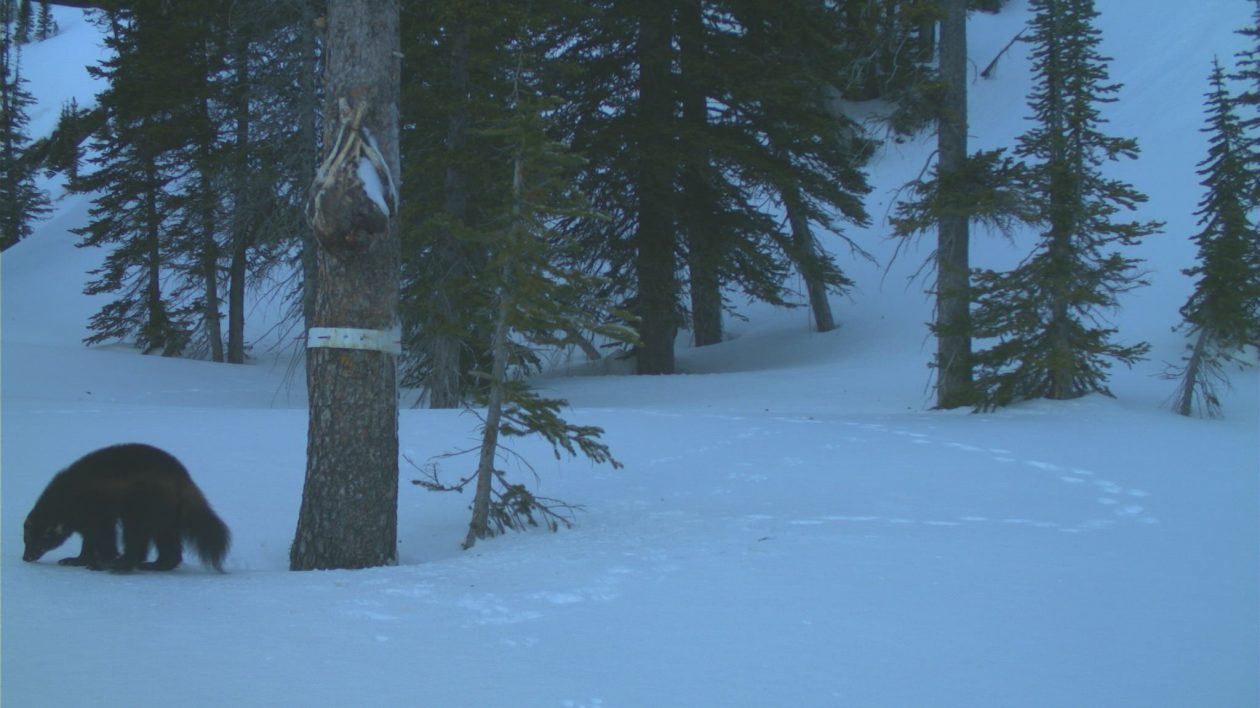
Because not every wolverine is like famed M56. Not all of them will cross four-lane interstates and vast, arid deserts. But given space, some might come close, and all it takes is a male and female.
“They are adaptable and they are survivors, and we’re finding evidence of them doing things we didn’t realize they did before like denning places that don’t just have deep snow, which gives us hope they will be able to hang around with some impacts to climate,” Inman says. “They’re not just going to fold up and go away.”




It’s fascinating to see these rare characters roaming around the
Western state’s!
Wonderful news! Nature has it’s own balance.
They need protection.
Will they get protection?
On you wolverines! I saw one at the top of Mt. Robert’s Tram in Juneau a few years ago (several onlookers thought “it must be a small bear” but I corrected them:-). One has also been spotted near Independence Lake in NorCal & there are rumors of a spotting in NW Nevada. Now to spot a wolf as has been reported near Mt. Lassen.
My son thru-hiked the AT in 2015 and firmly believes he saw a wolverine on the trail one night in New England (don’t remember the state). Could this even be possible?
Hi Mike,
Wolverines are not found along the Appalachian Trail. That said, there was a wolverine that roamed in Michigan a few years ago — alas, it was later determined this wolverine was a zoo escapee. So there is a small possibility that another escaped wolverine exists. A much more likely species that your son saw was a fisher. It is a large member of the weasel family (like the wolverine) and certainly bears a resemblance to the wolverine. The fisher is also increasingly common in the Northeast. It is an awesome forest animal and would be a great sighting! — Matt Miller, Cool Green Science editor
When I was a graduate student in genetics, I spent 3 summers at the Rocky Mountain Biological Laboratory near Crested Butte, CO, 1968-70, trapping the wild Drosophila Montana. Many scientists and students were studying the ecology of the area, and they trapped wolverines for study and release. I was shown one, and I’ll never forget it–its reaction to me raised the hair on the back of my neck. Scary! I thought “this is really an evil creature”. Anyway, they do not need to be reintroduced into Colorado (if they are still there)! Contact RMBL for at least 60 years of documentation. rmbl.org (970) 349-7231
These fascinating, yet elusive animals really need full protection. They aren’t a common species at all, and while any expansion of their range is certainly good news indeed, they clearly aren’t out of the woods yet (pun intended). I wonder if there have been any efforts to dart them to place a tracker on them for further monitoring. But great and informative article, especially for a species we know relatively little about.
Save all the Wolverine now and forever.
I have been intrigued by the species since seeing one in the Anchorage, AK zoo several years ago. I was fortunate to have one lope across the Haines Highway right in front of me while crossing Chilcat Pass on my bicycle. That was the highlight of my Yukon trip. Larry S Price, Russellville, AR
Just saw one of these guys last night on a dirt road a mile or so from my house, west of Fairplay, Co.